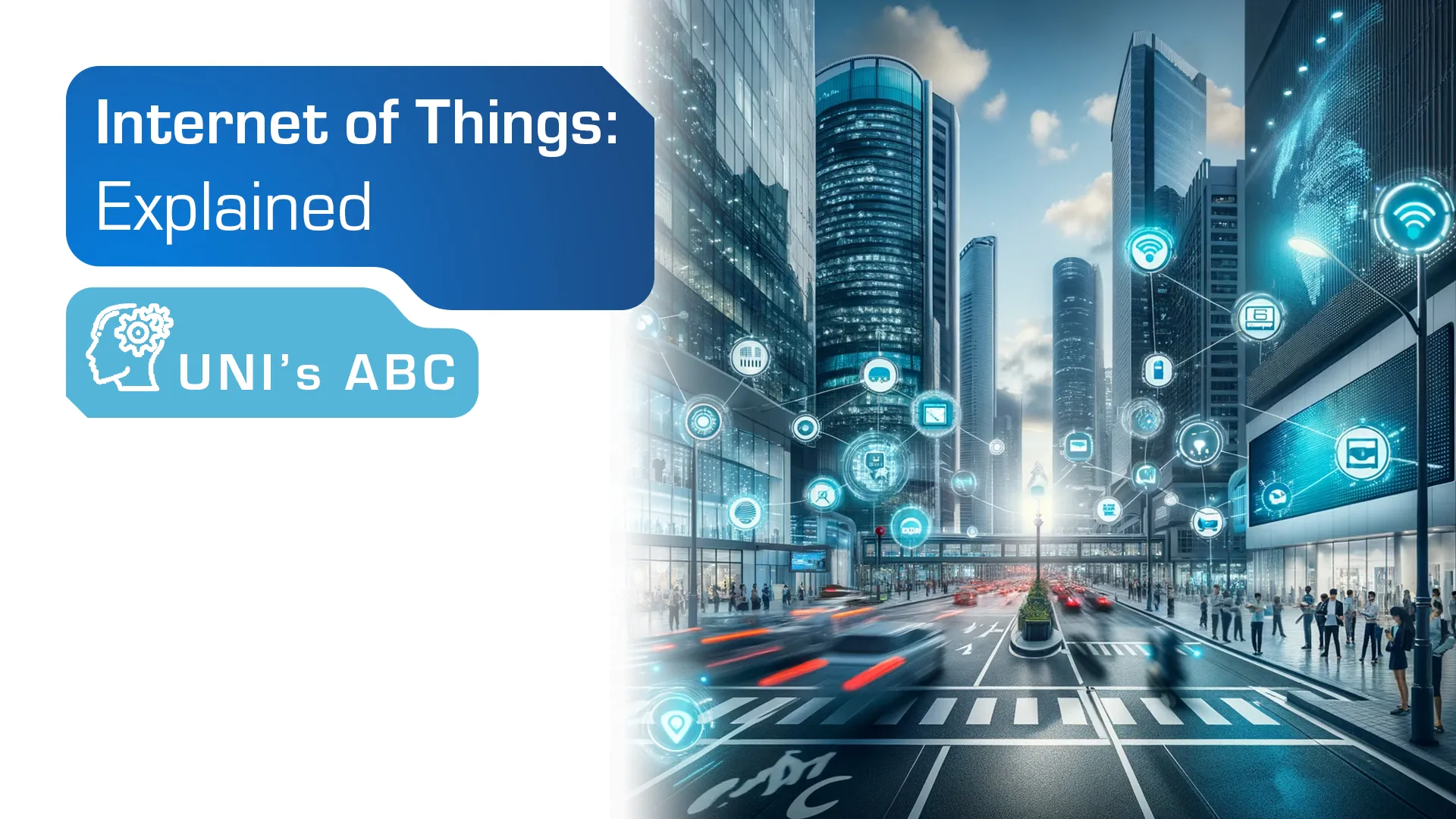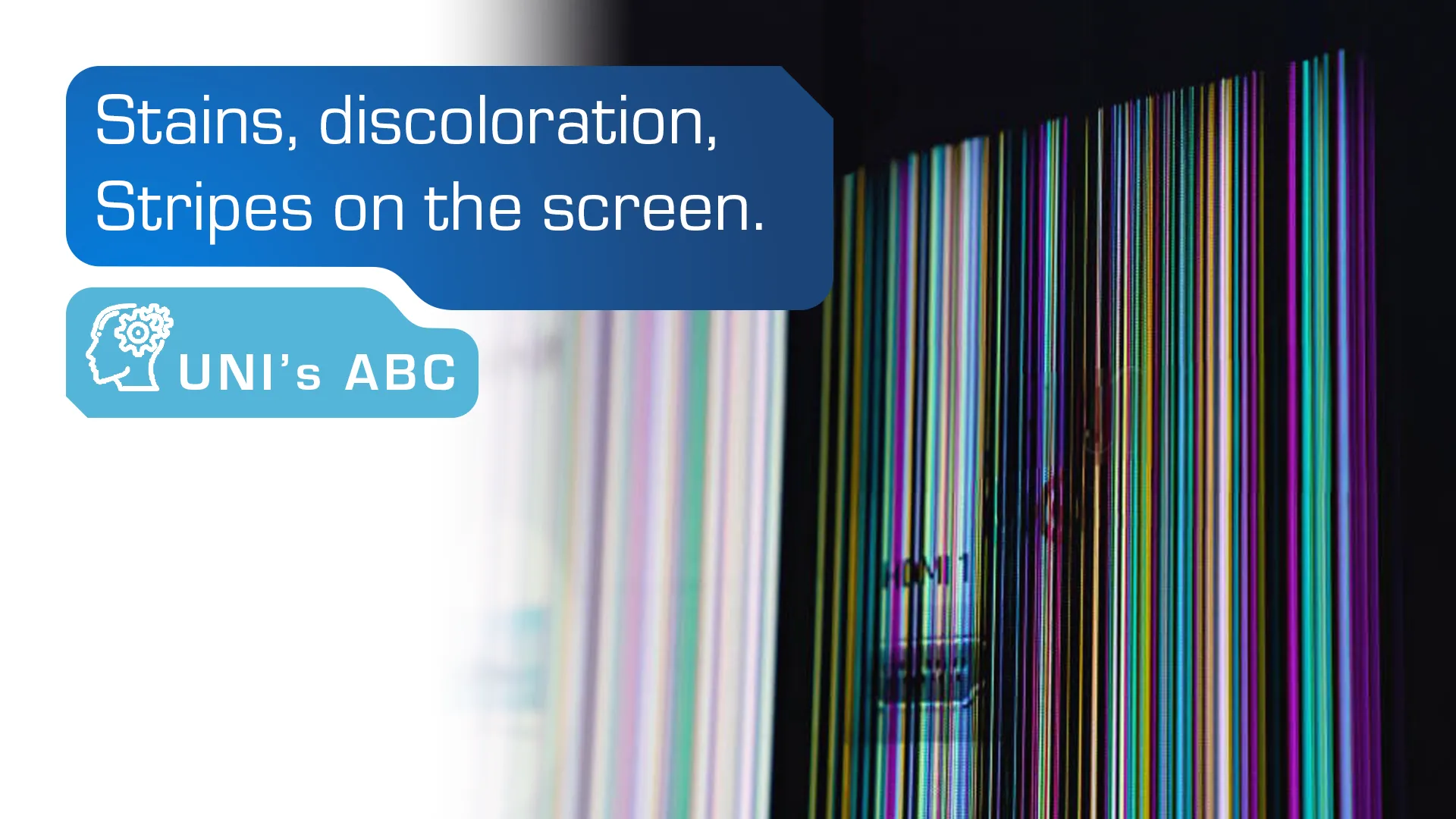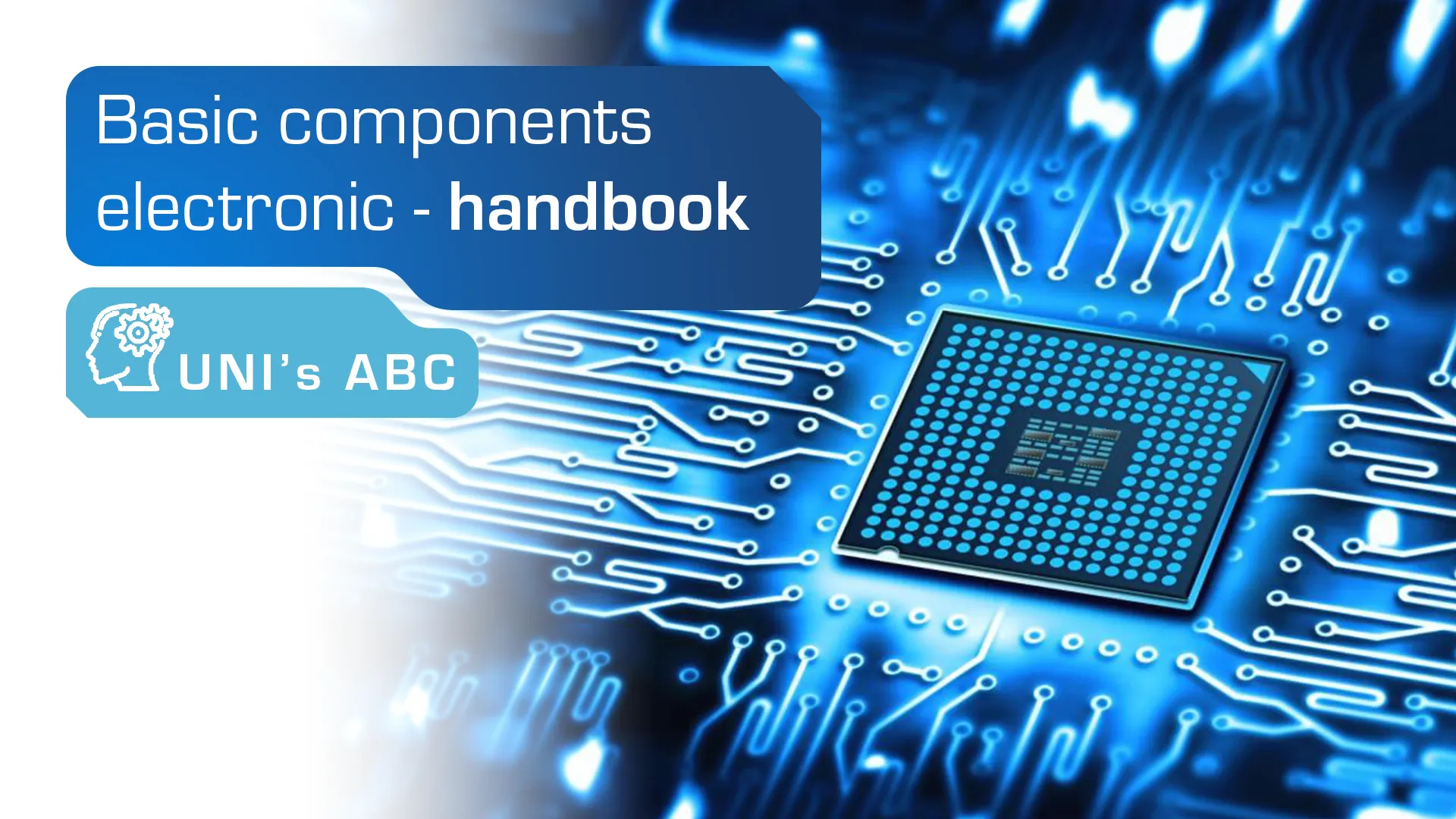

Currently, two main branches of IoT development can be seen. The first is consumer applications, such as “smart home” solutions, where we have a number of interconnected appliances that can be managed through a mobile app. The other is IIoT (Industrial Internet of Things) – industrial solutions for managing and optimizing production. It is estimated that in 2018 we will globally record about 20 billion IoT-enabled devices.
Table of Contents
Market forecasts prepared by IDC (International Data Corporation) show that investments in Internet of Things hardware will definitely increase over the next few years. Estimated worldwide spending in 2018 could reach $772.5 billion, a 14.6% increase over 2017.
For most IoT applications, you need the right display. Depending on the needs of the application, the environment in which the end device will be installed, or the energy intensity, we have several completely different technologies available. To make the choice easier, here are three of the most popular options along with their advantages and disadvantages.
TFT LCD – rich content, fast refresh rate
TFT LCD technology, thanks to its many advantages (e.g. fast response time), is mainly used in consumer solutions. Efficient display of dynamic, colorful content, allows it to be used in applications where multimedia comes first. The downside of this technology is the amount of power consumption. Due to its design, TFT LCD panels are the least energy-efficient devices of the possibilities presented in the article.
There are many examples of consumer use of LCD displays. Household appliances such as smart washing machines or refrigerators, various types of controllers, such as a thermostat built into the wall, or wearable devices (such as smartwatches) are just some examples. We can apply the Internet of Things combined with TFT LCD wherever we have access to a constant power supply or where the user does not mind charging the device more often.
TFT LCD displays have built-in backlighting, so they can be used in areas where outdoor lighting is poor or where mounting additional lighting is not possible. On the other hand, the use of a TFT LCD display in a place with strong sunlight is problematic due to the need to install a stronger backlight so that the reflected light is less than the light emitted by the TFT module. Such a solution can adversely affect the thickness of the display and increases the energy consumption of the device, and thus the cost of use.


OLED – perfect colors, full viewing angles
Thanks to a price drop from previous years and a number of design advantages, OLED displays are increasingly used in a range of electronic devices. Additional advantages, compared to mono LCM modules, are higher contrast, faster response time, full viewing angles and lower power consumption. Greater energy efficiency is due to the use of an organic substance that emits light on its own, so OLED displays do not need an additional layer of backlighting. Such a solution not only improves the economy of use, but also significantly reduces the thickness of the display, and thus the entire end device. In this technology, pixels are the source of light emitted in the appropriate color. Very good contrast is achieved by turning off the relevant pixels and thus obtaining perfect blacks.
Another advantage that TFT displays do not have is the ability to apply an organic substance to a plastic substrate. In this way, flexible displays are created that can be tailored to fit the housing of the end device. They can be found m. in. In smartphones, smartwatches, or smart glasses. Unfortunately, the use of OLEDs is still a relatively expensive solution for many manufacturers. The price of OLED modules is still higher than TFT LCD displays, while the energy efficiency depends on the brightness and colors of the displayed content. Images with a black background and light elements are the most optimal.
EPD – high energy saving, paper imitation
Internet of Things applications are often powered by batteries, so energy efficiency is often a key point when selecting components. An excellent choice in terms of low power consumption is e-paper technology (EPD, Electronic Paper Display). Its operation is based on bistability, which means that the necessary current is drawn only when refreshing or changing the displayed content. On the other hand, once turned on, the image is constantly visible, and the display in this mode does not consume power at all.
EPD displays are designed to mimic traditional paper. Unlike TFT LCD and OLED modules, e-paper is perfectly readable even in direct sunlight. But on the other hand, the lack of backlighting can become problematic when you want to use the technology in dimly lit areas. Here you can consider adding backlighting, but keep in mind that such a solution will increase power consumption.
Most popular EPD modules are black and white matrix versions. However, if in a given application it is important to emphasize part of the displayed information, it is also worth considering a version with an additional third color (red or yellow). Such panels are ideal for use, for example, as e-pricing.
EPD displays are gaining popularity. In addition to the consumer market (e-readers, smartwatches), they are used in industrial applications (e.g., e-pricing, e-badge, smart time recording systems) and in digital signage (bus stop information boards, e-posters, indoor navigation systems), and even in architecture, as decorative elements (e.g., E Ink Prism). Wherever there is no need for additional illumination of the display, where energy efficiency is important and content refreshing is relatively infrequent.


Selecting a display for your application
Proper use of IoT technology can reduce overall operating costs, help increase productivity, and create additional revenue through the emergence of new markets and products. IoT is present in applications related to home automation (smart home), the medical industry or the automotive industry. When choosing the right display for an Internet of Things application, the first step is to determine what factors play the most important role in the device. If we are planning, for example, to create a passenger information system, e-paper may be an excellent choice due to its energy efficiency, static nature of the displayed content and unlimited viewing angles. On the other hand, consumer appliances, such as smart refrigerators and washing machines, will be great for example. OLEDs. When planning a new application, Table 1 showing a summary of the most important features of the displays and their technical capabilities will certainly help.
| Feature | TFT LCD | OLED | E-paper |
|---|---|---|---|
| Energy efficiency | Relatively small | Average | Very large |
| Access to power | Need constant access to power supply | Need constant access to power supply | Power only needed when changing the displayed content |
| Readability in sunlight | Special filters and strong backlighting needed | Special filters needed | Very good |
| Readability in low outdoor light conditions | Good | Good | Additional backlighting needed |
| Contrast | Good | Excellent | Very good |
| Viewing angles | Limited | Unlimited | Unlimited |
| Refresh rate / matrix response time | Quick | Quick | Limited |
| Preferences for displayed content | Dynamic content | Dynamic content | Static content |
| Temperature resistance | Standard from -20 to +70 °C | Standard from -30 to +80 °C | Standard from 0 to +50 °C, possibility to use special control mode and extend the operating range below 0 °C |
Monika Musielak
Product Manager, Unisystem Sp. z o.o.
[email protected]
2018-04-10
Recent Knowledge

Internet of things, what it is and examples of industrial applications
The Internet of Things (IoT) is one of the most promising and rapidly developing technologies of recent years. Its application in business brings great opportunities to optimize processes, reduce costs […]

Stains, discoloration, stripes on the screen – how to identify and repair defects in industrial displays?
The dark spot on the iPhone screen, the black spot on the TV, the colored spots on the phone screen, the yellow spot on the display … Problems with screens […]

Basic electronic components in industry – a guide for beginners
Electronics has played an extremely important role in all branches of modern industry for many years. It allows automation of production processes, precise control of machines and equipment, collection and […]

Optoelectronics – basic information and example applications
Optoelectronics is the branch of electronics that deals with the conversion of electricity into light and light into electricity using semiconductor materials called semiconductors. Semiconductors are crystalline solid materials with […]



